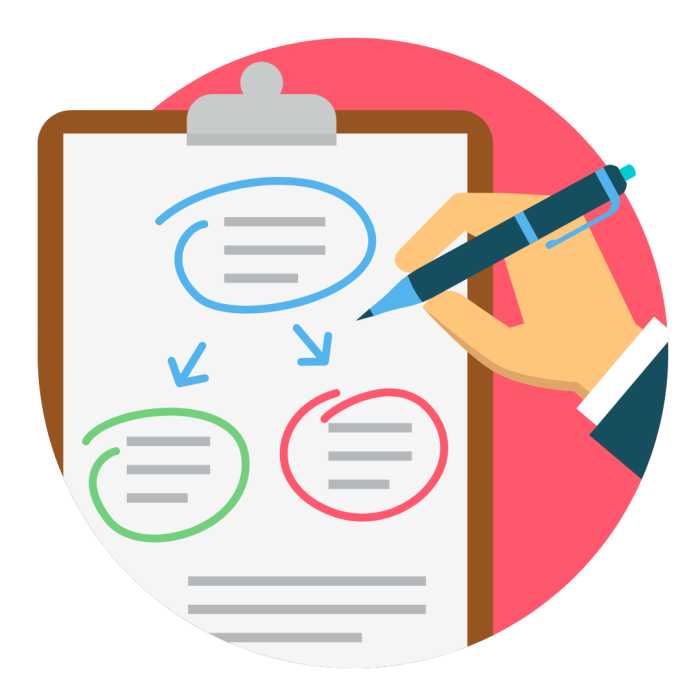The first step for any project is to develop a clear communications plan. This doesn’t have to be long or complicated, it might only be a single page of A4 paper. It’s about the thought process which goes into the plan.
Many organisations rush straight into creating communication materials, for example, deciding to create a leaflet, or a new website, without first looking at whether this is the right choice for what you want to say, and who you want to say it to.
The key stages of a successful communications plan
 What is the project?
What is the project?
This is looking at the background to what you are trying to do. Is it about recruiting new volunteers to join the organisation, or meeting a fundraising goal? The first step is clearly identifying what it is you want to communicate about, and when.
What is the communications aim?
What you need your communications to achieve, in one simple sentence. It could be about explaining your new youth programme clearly to teachers in secondary schools, for example.
What are the communications objectives?
These are more focussed and will help you achieve your aim. For example, it could be to make sure all communication is jargon-free and accessible. Or to get sign up from teachers in at least 10 schools in a particular area to join your webinar or sign up to your newsletter. These need to be precise and clear as you will use these at the end as part of assessing your success.
Who is the audience for this communication?
This is the most crucial aspect of planning your communications. It is common for organisations to think they have to communicate with everyone, all the time, but that never works. You need to narrow down your audiences for each particular project, and communicate in a way that suits them. For example, a campaign aimed at under 18s would need to be very different to a campaign for people over 60 – even if it was on roughly the same subject. You can have more than one audience for a project but you need to be clear who they all are.
What are the key messages we want to tell them?
Here is where you break down the key things each audience needs to know. In the example of the youth programme, you might have different messages for teachers of different subjects, or teachers in different areas. You might also have messages for the young people which you want the teachers to share with them.
What are the best ways to communicate with this audience?
The fun bit! Now you can decide if you need to create a leaflet or a website, or something completely different. This is where you get to be creative and think about each of your audiences and what you want to say, then develop the best way to do that. It might be filming a video, using social media, creating a printed pack, holding an event, getting a story in the local newspaper - the possibilities are endless. As long as the method you choose reaches the right audience you could and should be creative here.
How do we know if our communication has worked?
The final and often overlooked element to factor in, is looking at whether the communication plan was successful. There are many ways to measure communications including whether or not all your objectives have been met, website and social media analytics, media coverage, how many people came to your event and more.
We break this process down by looking at Objectives, Outputs, Outtakes and Outcomes – a commonly used framework for communications planning in the public sector.
You can download a simple to use communications plan template here.